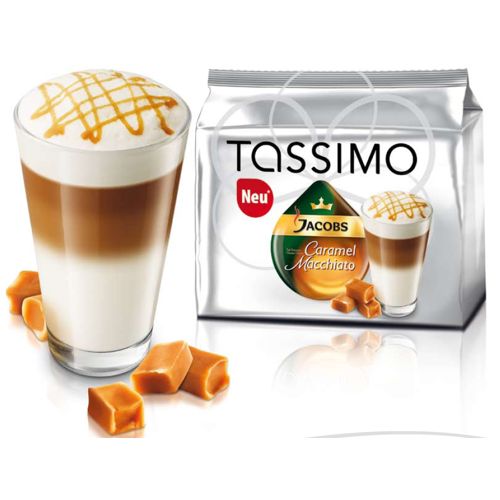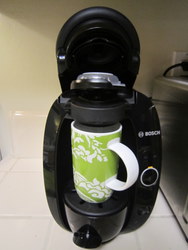

This overfilling of the coffee filter will not occur if the filter is properly filled.įinely ground coffee is less likely to clog the needle and filter than coffee made from ground up. Overfilling coffee grounds can result in an overflow of the grounds. Cleaning the brewer filter is generally a good idea to make it work smoothly and effectively. When the exit needle is clunked, the machine is unable to continue performing the brew cycle, resulting in an oversupply of coffee grounds. If you use too much coffee grounds in your Keurig coffee maker, the coffee maker will begin to overflow. When you fill too much coffee grounds in your Keurig coffee maker, the coffee grounds begin to overflow.

If coffee grounds are present in your cup, they can ruin the entire flavor of the coffee, making it difficult to drink more. Finally, descale your Keurig regularly to prevent build-up of coffee grounds and other debris. Next, check the water reservoir to make sure it is properly filled and that the float valve is working correctly. First, make sure that the coffee filter is properly in place and that there is no debris blocking the coffee filter holder. If your Keurig is overflowing with coffee grounds, there are a few things you can do to fix the problem. Coffee is the best way to start your day, and if your Keurig coffee machine overflows with coffee grounds, it can ruin your entire day. If your Keurig coffee machine overflows with coffee grounds while brewing, it can ruin your entire day. The puncture seal is not properly positioned. When the pump malfunctioned, the internal reservior did not fully fill, resulting in issues with brewing. It will not pass through the pods because the K-cups have holes at the top and bottom. There is still a blockage of the coffee grounds, so less indicates that something is wrong.
Tassimo overflowing full#
A full 8 ounces (235cc) of cup milk should be produced in a large cup brew cycle. Green mountain coffee may occasionally pass grounds, but only a few times in our 4,000 k-cup pots and never more than three times in our larger pots.

After it has been passed through a hot pressurized solution, the bag is simply placed on the bottom of the pod. The inner filter is sealed in the k cup rather than on the rim. Something must have gotten lodged in the pin used to puncture the cup, causing it to jam. Now that it’s happened to me, I can provide you with an answer. Finally, the water reservoir might be low, causing the pump to work harder and forcing the coffee grounds out. Another reason could be that the coffee ground are too fine and need to be coarser. One reason could be that the coffee filter is full or clogged. There are a few reasons why your keurig might be spewing coffee grounds. Now go forth and enjoy your delicious, hot cup of coffee! Why Is My Keurig Spewing Coffee Grounds? So, there you have it! A few reasons why your Keurig might be spraying coffee, and a few easy solutions. If you do find a hole in the K-Cup, you can try using a different one. The best way to prevent coffee spray is to make sure the K-Cup is inserted properly and to check for holes before brewing. This can sometimes happen if the K-Cup is old or damaged. If your K-Cup is properly seated and you’re still getting coffee spray, it might be because the needle punctured a hole in the bottom of the K-Cup. This can happen if the K-Cup was inserted upside down, or if it wasn’t pushed all the way into the machine. The most common reason for coffee to start spraying is that the K-Cup isn’t seated properly. Why does this happen, and what can you do to prevent it? There are a few reasons why your Keurig might be spraying coffee, and thankfully, there are also a few easy solutions. It’s happened to the best of us: You’re all set to brew your favorite K-Cup when suddenly, hot coffee starts spraying everywhere.


 0 kommentar(er)
0 kommentar(er)
